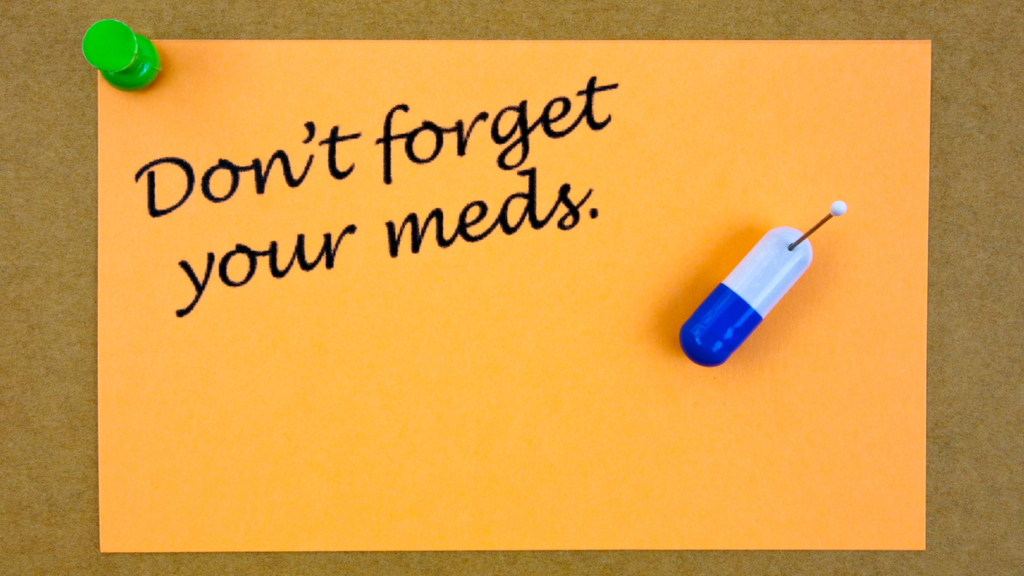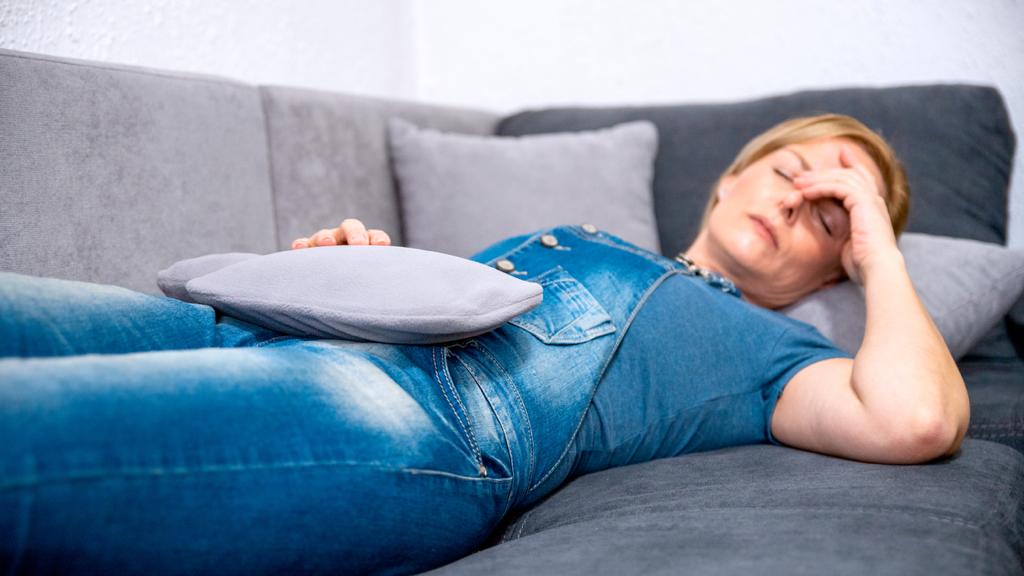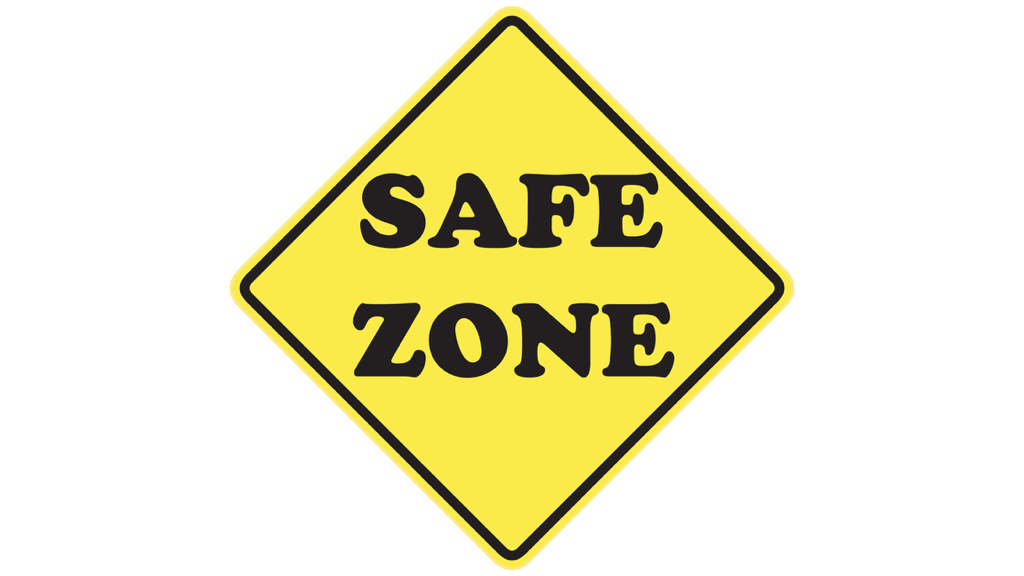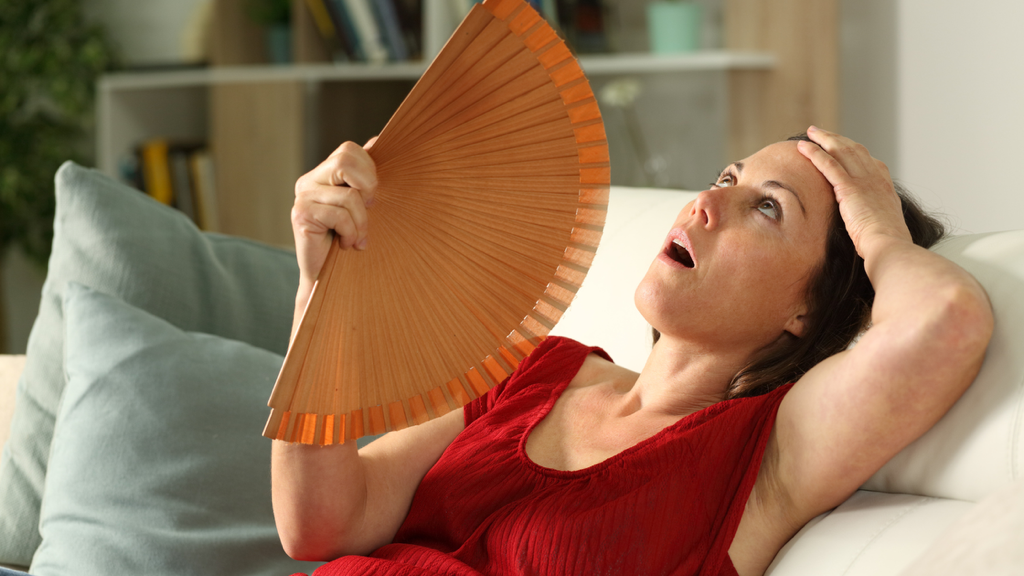What to Know About HRT Patches and Menopause
Written by TYE Medical on Apr 15th 2024
Your journey through menopause can range from mildly uncomfortable to downright unbearable. But thanks to modern medicine, you don’t have to endure the most taxing of menopause symptoms. For some women, HRT patches are the answer to a smoother transition to menopause.
Hormone replacement therapy (HRT) patches are medicated sticky patches you apply to your skin. The patches contain hormones like estrogen, and doctors recommend them to ease menopause symptoms.
The use of HRT patches brings many questions about safety, benefits versus downsides, and other forms of HRT available. Here is what you need to know about HRT patches.
Uses for HRT Patches
HRT patches slowly release small amounts of hormones into your body. Often, HRT is prescribed to alleviate menopause symptoms but is also recommended to help with other conditions like:
- Increasing estrogen levels in women who don’t make enough naturally
- Preventing bone diseases, like osteoporosis, in postmenopausal women
HRT patches contain the hormone or combination of hormones that you need. This means that some patches may be estrogen-only or a combination of estrogen and another hormone like progesterone. You might hear estrogen-only patches referred to as subdermal estradiol patches. Estradiol is the synthetic, bioidentical form of estrogen.
Can You Switch from Another Type of HRT to a Patch?
If you have completed the transition to menopause, meaning that your periods have stopped, you can start an HRT patch immediately without ever having used HRT before. You can also begin HRT patches right away if you are switching from another type of combined HRT that is also continuous release.
However, not all HRT types are continuous release. Some are “sequential combined” HRT, which means you take a combo hormone medication on certain consecutive days followed by a break. In this case, it’s best to wait until you complete your current cycle of medication before switching to the HRT patch.
Even knowing this, you should consult with your doctor before switching from your current HRT medication to HRT patches.
Benefits of HRT

As mentioned, hormone replacement therapy patches are frequently used to treat moderate to severe menopause symptoms. This can improve your quality of life as your body goes through a major hormone shift.
Common menopause symptoms that can become burdensome but improve with HRT include:
- Difficulty sleeping
- Memory problems
- Urge incontinence (urgent urination)
- Hot flashes
- Vaginal dryness, itching, burning
- Anxiety
- Depression
- Night sweats
- Mood changes
- Decreased libido
- Vaginal infections
Using HRT patches and other forms of HRT can drastically reduce menopause symptoms.
What Other HRT Options Are Available?

HRT tablets are the most common way to receive hormone replacement therapy. HRT tablets are proven to reduce and even prevent common menopause symptoms like hot flashes, mood swings, night sweats, and vaginal dryness. They are typically taken once daily with water. Like patches, Oral HRT contains different combinations of hormones in varying strengths and are prescribed according to your specific needs.
HRT gels are applied directly to your skin. They usually contain estradiol, a synthetic, bioidentical form of estrogen.
HRT sprays also contain estradiol. You spray them on your skin and allow it to absorb.
Which option you choose is a matter of preference, and your doctor may suggest a method that would be most effective for your specific hormone needs.
Why Use HRT Patches Instead of Other HRT Forms?

Suppose your menopause symptoms fluctuate erratically and are difficult to regulate with other HRT methods. In that case, the continuous release of hormones through the patch can bring consistency to your symptoms while decreasing their severity.
You may also opt for HRT patches if you struggle to remember to take pills or have difficulty swallowing them. The patch is a practical way to solve both issues and ensure you receive your medication on schedule and in the proper dose.
Other forms of HRT can also cause indigestion and even blood clots. Indigestion isn’t an issue with patches like it is with pills, and the chances of developing blood clots are lower with an HRT patch. Additionally, if you’re overweight, smoke, or are migraine sufferer, you’re more prone to blood clots and can benefit from using the patch instead of other forms.
Some doctors prefer to prescribe HRT patches because absorbing hormones through the skin means they bypass your liver. This can prevent damage to your liver over time. It’s also possible that bypassing the liver makes patches more effective.
Downsides of Using the HRT Patch

Side effects from hormone replacement therapy are rare but can happen.
Side Effects of HRT Patches |
Side Effects of HRT Tablets |
| Weight gain | Weight gain |
| Headaches | Headaches and nausea |
| Skin irritation | Skin irritation |
| Menstrual pain | Breast pain |
| Stomach cramps and diarrhea | |
| Back pain | |
| Discharge from vagina |
If you experience any of these side effects while taking an HRT treatment, you should consult with your doctor.
Tips for Using HRT Patches

The most common places for patch placement are your lower abdomen (below your waistline) and your upper buttock area.
For your HRT patch to be most effective, you should NOT apply it to the following areas:
- Breasts
- Creases or folds of skin
- Light exposed areas
- Under tight clothing or elastic
- Oily, damaged, or irritated skin
Once you apply your patch, avoid using creams, lotions, or powders in the area.
How to Apply an HRT Patch
- Open the package and remove the patch.
- Peel the backing from the patch and press the sticky side against the skin on your lower abdomen or upper buttock.
- Press firmly on the patch for 10 seconds using your palm or fingers. Ensure the edges of the patch are firmly fixed.
- Wear the patch continuously until it’s time to remove it then gently peel it off.
- Once removed, fold the patch in half, pressing the sticky sides together. Dispose of it securely to keep it away from children and pets.
- If you have a sticky residue on your skin afterward, wait 15 minutes and then use oil or lotion to remove the residue.
How Long Should You Wear a Patch?
The length of time you wear the patch varies by brand and other circumstances. You may apply a patch once or twice a week for a specific amount of time or wear it continuously for three weeks followed by a week without a patch. It’s also possible that you wear the patch all the time, replacing it immediately with a fresh one.
Regardless, you must wear the HRT patch according to your doctor’s prescription. Usually, your patch will remain fixed even during bathing or showering. But if your patch falls off, you can apply a new one to a different area once your skin is cool and dry.
Are HRT Patches Safe?

Hormone replacement therapy patches are largely considered safe and effective but aren’t the best option for everyone. If any of the following applies to you, using the HRT patch may not be advisable. Be sure to consult your doctor.
- Have had an allergic reaction to estrogen, progesterone, or other hormone
- Are experiencing unexplained vaginal bleeding
- Have ever been diagnosed with breast cancer, endometrial cancer, or have a greater risk of developing them
- Are pregnant or breastfeeding
- Have had a recent heart attack, stroke, or angina
- Have a history of blood clots or are more susceptible to them
- Have any of the following
conditions
- Lupus
- Dementia
- Untreated endometrial hyperplasia
- Obesity
- Migraines or severe headaches
- Diabetes
- Asthma
- High blood pressure
- Epilepsy
- Underactive thyroid
- Low liver function
Some of these are very common conditions, which means that HRT is not a viable option for many people. HRT isn’t recommended for some of these conditions, like hypothyroidism, because of HRT’s negative interaction with the medications that treat them. That’s why you should discuss your medical conditions, all medications, and supplements you’re taking with your doctor.
Lifestyle Changes to Alleviate Menopause Symptoms

You can help reduce menopause symptoms further and increase the effectiveness of HRT when you adopt some key lifestyle changes like:
- Regular exercise: It can reduce hot flashes, boost your mood, and improve sleep quality.
- A cool bedroom: Sleeping in a cool bedroom can help prevent hot flashes and night sweats while you sleep.
- Cut back on alcohol and caffeine: If you regularly consume alcohol and caffeine you’re more likely to experience hot flashes.
- Avoid spicy food: Spicy food is known to trigger hot flashes.
- Reduce stress: Since menopause can affect your mood, it’s important to keep your stress levels as low as possible to help manage emotions.
- Use herbal supplements: Some herbal supplements can help reduce menopause symptoms. Talk to your doctor about which supplements may be best for your symptoms.
- Stop smoking: Smoking increases the frequency of hot flashes and also increases your risk of conditions like heart disease and cancer.
HRT for Menopause

If lifestyle adjustments like exercise, stress reduction, and herbal supplements don’t provide enough relief from troublesome menopause symptoms, then HRT can be an effective option for some women. Your doctor will know if you have any health conditions that would prevent you from safely using HRT patches or other forms of hormone replacement therapy.
It’s a matter of preference which form of HRT you choose, whether patches, tablets, gels, or sprays. Your doctor can guide you in which type of HRT is best for your needs.
Side effects from HRT are possible, and you should notify your doctor if you experience any.


